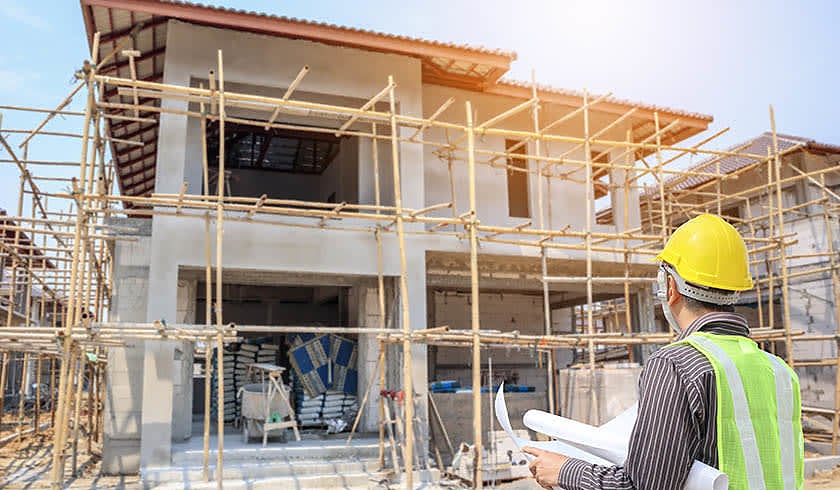Should Australia remove barriers to foreign social housing investment?
Australia’s reputation for international housing investment must match that of the USA and UK in order to ease present housing supply pains, according to the chief executive officer of the Property Council of Australia (PCA), Mike Zorbas.

The chief executive has declared that “there is an urgent need to accelerate the supply of social and affordable housing,” citing new research from the National Housing Finance and Investment Corporation (NHFIC) as reason for the federal government to pass several legislative packages currently before the Senate, such as the Housing Australia Future Fund and National Housing Supply and Affordability Council.
According to findings from the NHFIC, 70 per cent of capital utilised in the construction of affordable housing within the UK is sourced from private financing, up from 30 per cent to 40 per cent throughout the 2000s.
Similarly, it found institutional investment into subsidised housing in the United States of America has soared from 2011 — when transaction volumes equated to $1.3 billion — to 2021, when that figure hits $36 billion, with this increase supported by “long-standing, state-based housing agencies which issue tax exempt housing bonds, together with the Low Income Housing Tax Credit (LIHTC).”
In the UK, 1.35 per cent of gross domestic product (GDP) is spent on housing allowances per year, much higher than the OECD average (0.26 per cent), and the US’ 0.21 per cent.
Mr Zorbas declared that Australia is facing the “stark reality” of “not planning for or supplying enough homes across the housing spectrum.”
In his belief, “gateway reforms like the Housing Australia Future Fund and National Housing Supply and Affordability Council must pass the Australian Parliament without delay.”
He explained the nation will fail to address its housing gap “until we bring down the cost of buying and renting homes by improving our state planning systems, unlocking further supply by becoming the first choice for global capital, as partly anticipated by the national Housing Accord.”
The NHFIC’s report found several investment challenges and barriers currently exist, including achieving target risk-adjusted terms, scale, lack of data, engaging with the right partners to access tax incentives, reputational risks, unsuitable forms of government support, and current market conditions.
Conversely, factors conducive to investment in social and affordable housing were market trends, risk sharing, policy reform, tax incentives, and information.
In Mr Zorbas’ estimation, “We need to level the playing field for new build-to-rent housing, purpose-built student accommodation, and retirement living communities.”
He stressed that “there is an urgent need to accelerate the supply of social and affordable housing.” Adding that “the playbook is there for Australia to adopt long-standing, government-backed finance, enduring subsidies, and incentives, including tax credits, and preferential planning treatment.”
Earlier this month, Mr Zorbas fronted the Senate committee on housing affordability in Australia to throw his support behind several federal government housing initiatives and advocate for increase in “properly zoned land for housing.”
